Open Innovation for Marine Pollution: Wind-Powered Sailing Robot “Protei” Is Cleaning Oil Spills, Material Wastes, and Chemical Pollutants in the Ocean
By Ye Seong SHIN 3 years agoIn order to resolve the world’s oil spill issues caused by the Deepwater Horizon Disaster in the Gulf of Mexico, Protei (a wind-powered and automated sailing fleet robot) was developed by MakerBay and Seeed. By shifting its shapes according to water waves and wind directions, the robot has been useful in collecting and cleaning thin sheens of light oil on water surfaces. Thanks to the fact that it is robustly built to survive in harsh weather conditions and hazardous chemical zones, it is now also used to clean material wastes and other chemical pollutants in the ocean. Now, Protei is the ongoing result of glocal open innovation communities. Accordingly, this Project seeks to achieve the UN’s SDGs 6, 14, 11, 15, 3, 1, 7, 9, 8, 12, 13 and 17.
Project Name: Protei Project
Deployment Location: Global
Targeted Industry Type: Marine Pollution
Project Partner(s): 
On 20th of April in 2010, the Deepwater Horizon Disaster (Figures 1, 2) killed 11 people and injured 17 people. This event has been remembered as the largest marine oil spill in human history. What happened then? The story goes like this. An offshore oil drilling rig named “Deepwater Horizon” located in the Gulf of Mexico exploded, which resulted in the aforementioned casualties. After 2 days of explosion, the rig overturned, and a broken pipe below the rig in the sea floor started to disgorge crude oil into the surrounding water.
As a result, for 87 days, 4.9 million barrels of crude oil spewed from the sea to the distance as far as 210 km². What’s worse, 1,791,000 US gallons of poisonous oil dispersant – Corexit EC9500A and EC9527A, both containing carcinogens that can harm human and animals’ reproductive systems (as well as development of fetuses) – ended up on the water surface and underwater. In consequence, the livelihoods of local communities and wildlife were hit seriously, not to mention persisting environmental damages to date. (Monnier, 2021; Jung-Harada et al, 2011).
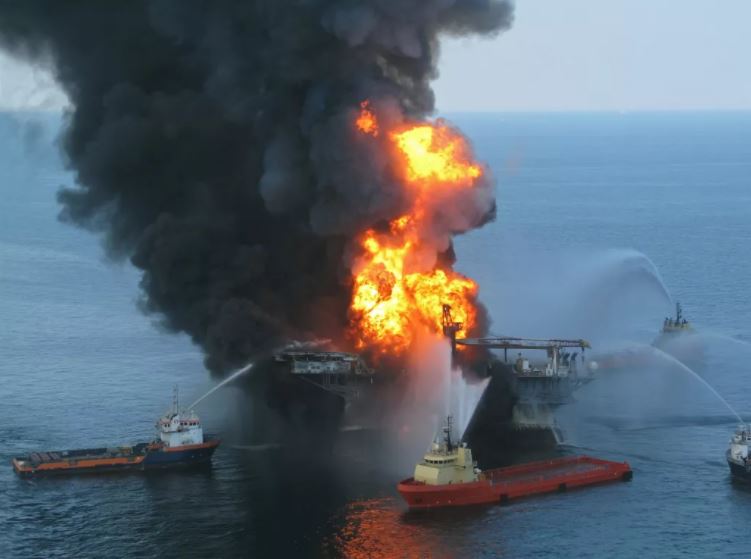
Figure 1. Offshore Oil Drilling Rig “Deepwater Horizon” Is Burning While
Supply Vessels Are Trying to Extinguish the Fire Ⓒ U.S. Coast Guard (Monnier, 2021)
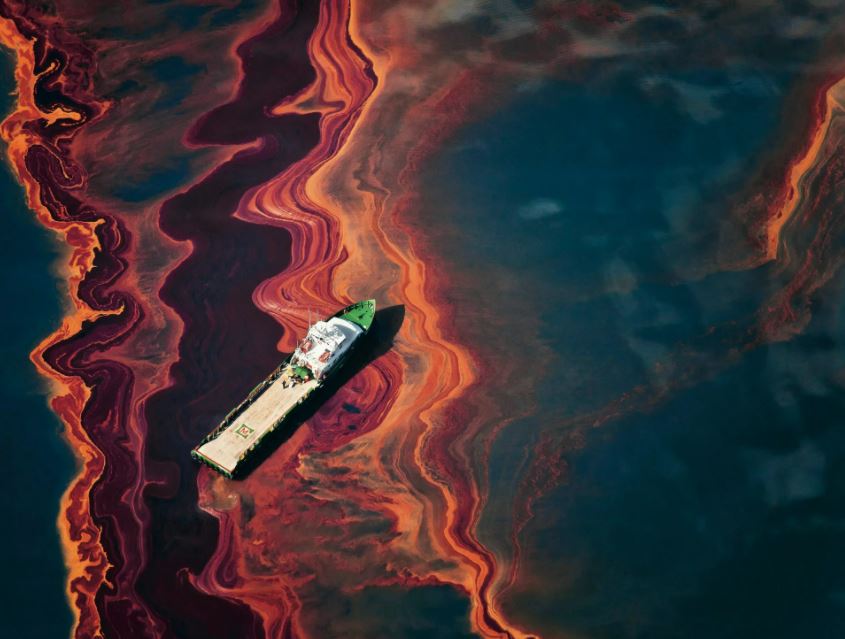
Figure 2. Spewed Oil Above the “Deep Horizon” Gusher Ⓒ Daniel Beltrá (Khatchadourian, 2011)
What’s the Challenge?
How to clean up the oil spill in the marine ecosystem in an efficient, effective and rapid manner?
What’s the Project About?
In 2011, in order to help address the world’s oil spills caused by the Deepwater Horizon Disaster in the Gulf of Mexico, Protei (Figure 3) – a wind-powered and automated sailing fleet robot, which can shift its shapes according to water waves – has been developed to clean up the oils in the ocean. Protei is an open hardware project enabled by soft hull technology, which was spearheaded by MakerBay in partnership with Seeed Studio. With a goal to make Protei to be “self-righting, durable, inexpensive, and easily reproducible”, many prototypes have been tested and studied through comparative efficiency analysis between the automated-hull boat sailing upwind and already-existing pollution cleaning technologies. (Jung-Harada et al, 2011).
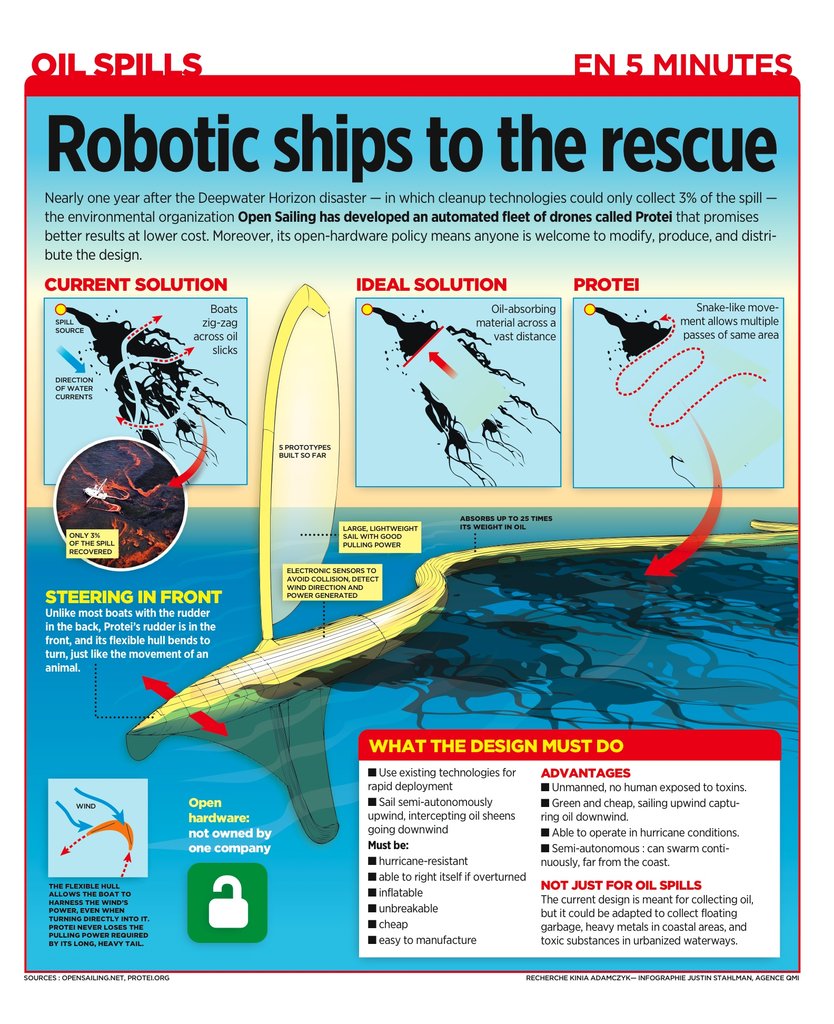
Figure 3. Protei at a Glance (MakerBay, 2020)
Established in 2015, MakerBay is one of the biggest Maker Spaces in Hong Kong, founded by Cesar Jung-Harada. Cesar is a Japanese-French educator, environmentalist, and entrepreneur, who is passionate about facilitating open, bottom-up and collaborative innovations for our environment and society, and self-empowerment of local communities. MakerBay facilitates anyone to learn about maker skills and mindset within the local communities, as well as to share their open prototypes to be scaled-up globally for a sustainable world. (MakerBay, n.d.).
When the first version of Protei (Protei_001) was made in Rotterdam, 2011, Cesar Jung-Harada and his team (Figure 4) put a normal sailing boat on the water surface, and operated it by pulling a long heavy line (Figure 5). With this first sailing boat, the team made a significant observation that the longer the tail of the boat, the less pulling power and the less direction control needed. As Protei is created by using accessible, inexpensive, and recycled materials, it has been constructed and deployed on a large scale all around the world by Open Sailing. (Jung-Harada et al, 2011). For reference, Open Sailing is a growing international open community, which is committed to developing and deploying open source technologies to research, explore, and protect the health of marine ecosystems (Jung-Harada et al, 2011).
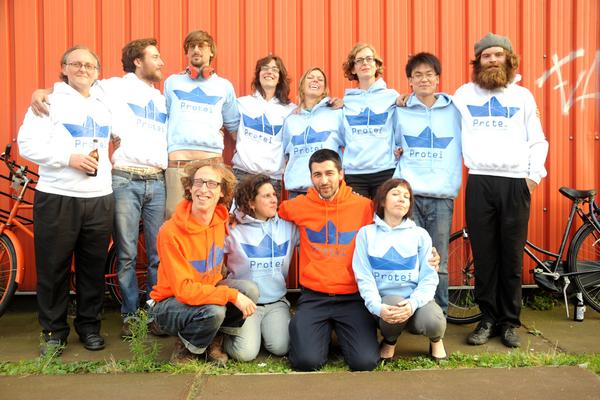
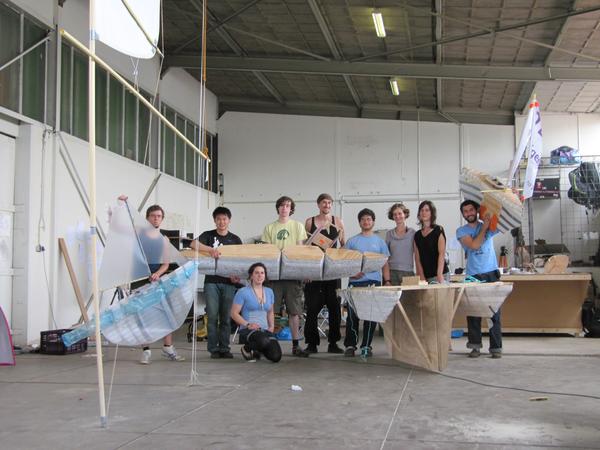
Figure 4. The Protei Team (MakerBay, 2020)

Figure 5. How Protei_001 Worked (Jung-Harada et al, 2011)
As elaborated in Protei Handbook 2011 (Jung-Harada et al, 2011):
“… The design and implementation of Protei will be an ongoing evolution, as people all over the world continue to build and deploy it version after version, and contribute to its efficiency and robustness. … Rather than hierarchical chain of command, people share their own ideas for each aspect of the project, including planning, budgeting, hardware, software, fabrication, design, and testing.”
Ever since, owing to the fact that this was born to be an open innovation project, Protei has been upgraded and developed into different versions (Figure 6). This was possible because of the relentless efforts and truthful heart of Cesar, his colleagues, and Open Sailing’s glocal makers, who were able to give full play to various resources provided by Seeed – financial sponsorship, hardware product sponsorship, and customization services. (MakerBay, 2020).
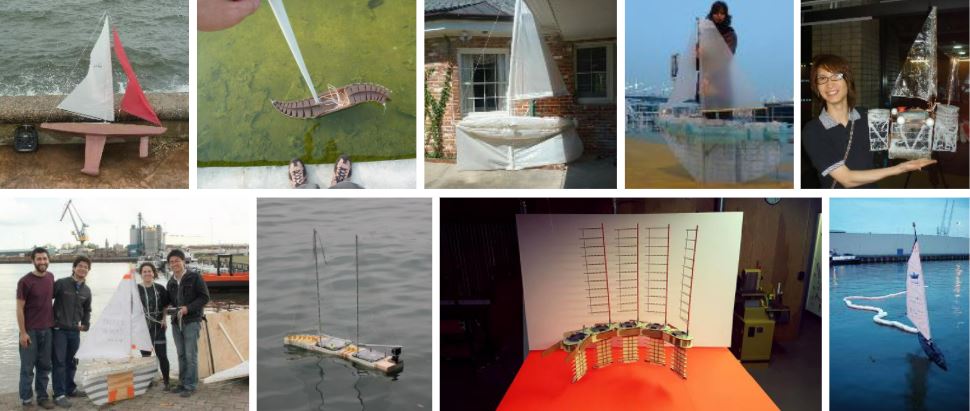
Figure 6. Various Versions of Protei (MakerBay, 2020; Jung-Harada et al, 2011)
At some point in the Project, incorporating the idea of the soft hull technology into Protei has enabled the automated fleet to smoothly sail by following natural forces and patterns (such as, wind and water surface currents), as well as by making use of local communities’ resources and creativity. As a result, Protei has proven to be most helpful for collecting and cleaning thin sheens of light oil on water surface, that has already travelled to other parts of the world. Thanks to the fact that Protei is robustly built to survive in harsh weather conditions, as well as hazardous chemical zones, it is now not only used for cleaning up oil spills, but also cleaning material waste and other chemical pollutants in the ocean. When compared to the current oil spill relief – repurposed manned fishing vessels – operated by fishermen, Protei is recognized as a better, safer, and sustainable option for the following reasons (Jung-Harada et al, 2011):
- Unmanned and fully autonomous fleets prevent fishermen to be exposed to toxins and various health risks
- Ability to operate in extreme weather conditions like a storm at sea
- Oil sensing technology within the fleets can detect the trajectory of oil spills through prediction data, enabling minimal amount of oil being collected which is usually invisible to human eyes
- Operated by renewable energy (solar power for actuation, and wind power for locomotion), usage of environmentally-destructive driving power of diesel and oil became unnecessary
- Making a Protei encompasses inexpensive and affordable open-source hardware, whereas manned fishing vessels are costly and made of proprietary designs
Originally developed to clean oil spills, the soft hull technology can be applied to many other marine applications. Indeed, with this technological recognition, 30 units of Protei were sold to laboratories, museums, and cultural centers for further research, development, and deployment. For more project details, visit https://www.scoutbots.com/ for the entire Project documentation.
Which SDGs Are Relevant?
By deploying Protei all over the world, it aims to achieve the UN’s SDGs and Targets (Figure 7):
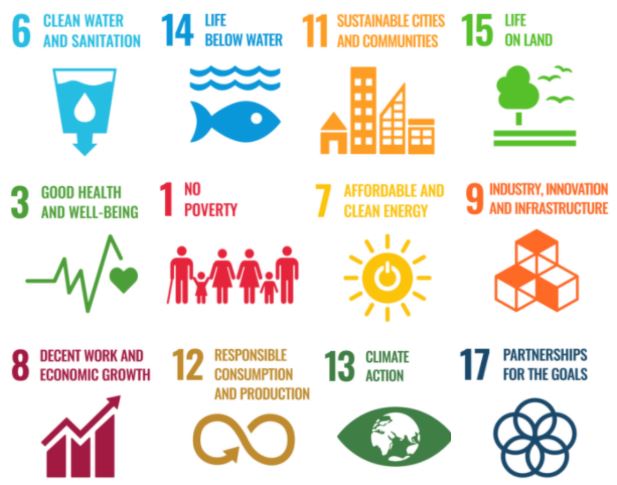
Figure 7. Most Relevant SDGs with Protei Project (UN, 2016)
So as to understand why these SDGs are closely related with the Project, and how each goal is influencing each other directly or indirectly, it is necessary to study the specific Targets within these goals:
- Upgrade water quality by minimizing pollution, trash dumping, and release of harmful substances globally (Target 6.3)
- Prevent and greatly decrease marine pollution of all types (Target 14.1)
- Protect and restore water-related ecosystems (Target 6.6)
- Reinforce and support local communities’ participation in improving water and sanitation (Target 6.B)
- Upgrade inclusive urbanization by building participatory, integrated, and sustainable human settlements for holistic disaster risk management (Targets 11.3 & 11.B)
- Sustainably manage and protect marine and coastal ecosystems to avoid significant adverse impacts, including by strengthening their resilience, and take action for their restoration in order to achieve healthy and productive oceans (Target 14.2)
- Augment scientific knowledge, R&D, and transfer of marine technology to conserve marine biodiversity, and to use oceans and marine resources sustainably (Targets 14.A & 14.C)
- Secure the conservation, restoration, and sustainable use of terrestrial and inland freshwater ecosystems (Target 15.1)
- Greatly decrease the number of illnesses and deaths resulting from harmful chemicals in water pollution and contamination (Target 3.9)
- Reinforce the disaster relief capacity of developing countries, including early warning, risk reduction and management of global and national health risks (Target 3.D)
- Greatly decrease the number of people, deaths, and economic losses caused by water-related disasters, with a focus on protecting people in vulnerable situations (Target 11.5)
- Build the resilience of the people in poor and vulnerable situations by reducing their exposure to economic, social, and environmental disasters (Target 1.5)
- Greatly augment the usage of renewable energy by enhancing international cooperation on clean energy research and technology for energy efficiency (Targets 7.2, 7.3, 7.A)
- Reinforce scientific research and technological capacity of industrial sectors (Target 9.5)
- Gradually upgrade global resource efficiency, especially the natural resources, in production to resolve environmental degradation (Targets 8.4 & 12.2)
- Reinforce resilience and adaptive capacity to climate-related hazards and natural disasters in all countries (Target 13.1)
- Reach the environmentally sound management of chemicals and all wastes, and greatly decrease their release to water (Target 12.4)
- Facilitate that people gain the knowledge on sustainable development and living in harmony with nature (Target 12.8)
- Upgrade North-South, South-South and triangular regional and international cooperation on and access to science, technology and innovation, especially environmentally-sound technologies (Targets 17.6 & 17.7)
- Upgrade the global partnership for sustainable development through multi-stakeholder partnerships with public, public-private and civil society partnerships (Targets 17.16 & 17.17)
In conclusion, the value of open innovation and Protei Project has shown us the positive potentials in addressing human-made disasters like oil spills and marine pollution. Indeed, at the core of digital transformation, there lies open innovation within which, decentralization and democratization of technology exists as its driving force. In order to conserve and restore our damaged marine ecosystems, open tech innovators are striving hard to co-create holistic projects and solutions by internalizing the significance of multi-stakeholder partnerships. Until our job becomes obsolete, we will never cease to exist.
About Author
Ye Seong SHIN
Sustainability and CSR Manager at Seeed Studio
。
Jointly organize/participate in multi-stakeholder projects/platforms/events/webinars/workshops/hackathons/etc. to accelerate SDGs with local communities and open tech anywhere in the world by connecting with Ye Seong SHIN today on LinkedIn.
。
Seeed Studio is the IoT and AI solution provider for all types of traditional industries’ sustainable digitalization. Since its establishment in 2008, Seeed Studio’s technological products and customization services are used for smart agriculture, smart cities, smart environmental monitoring, smart animal farming, smart aquaculture, meteorological monitoring, STEAM education, and all types of emerging scenarios enabled by the Industry 4.0. With the company’s mission to “Empower Everyone to Achieve Their Digital Transformation Goals” (which shares similar values with SDGs’ Motto of “Leave No One Behind”), Seeed Studio is devoted to using open source technologies for accelerating SDGs with multi-stakeholders from UN agencies, academia, companies, CSOs, governments, public/private organizations, and so on. This is why, Seeed Studio also founded “Chaihuo Maker Space”, and started China’s first Maker Movement by annually organizing “Maker Faire Shenzhen”.